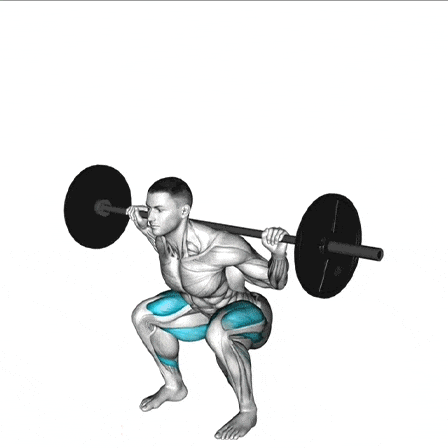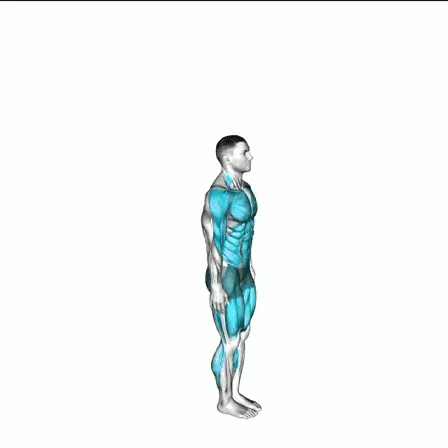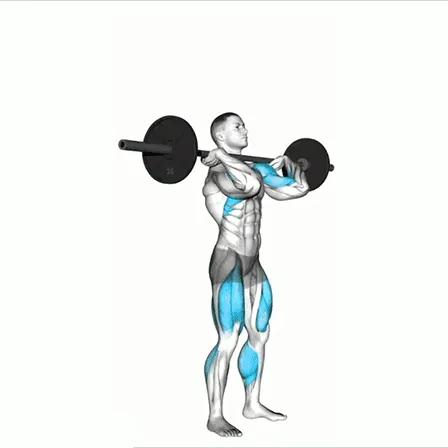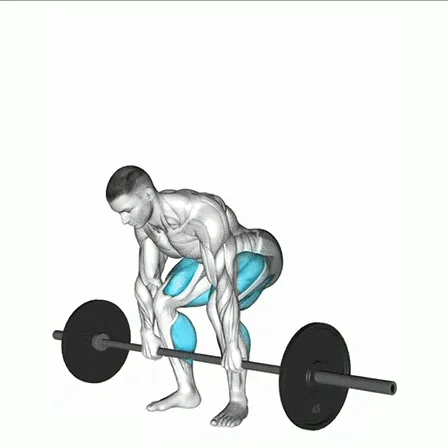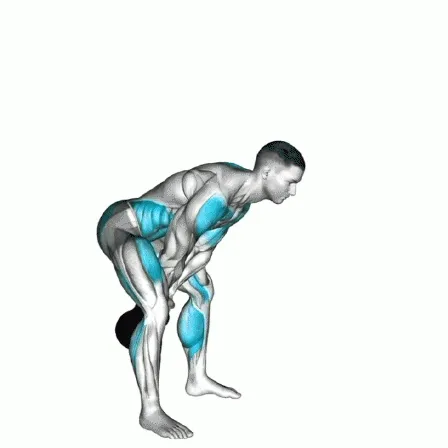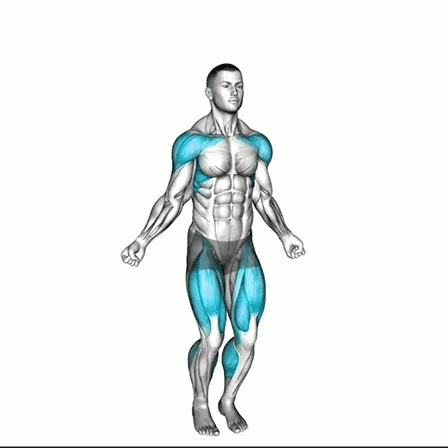Barbell Squats: Essential Techniques and Tips
Barbell squats are one of the most effective compound exercises for building lower-body strength, improving athletic performance, and enhancing overall fitness. They target multiple muscle groups at once—including the quads, glutes, hamstrings, and core—making them a staple in strength training and bodybuilding programs.
Whether you’re a beginner learning the basics or an advanced lifter fine-tuning your form, proper squat technique is essential for maximizing results while preventing injury.
Step-by-Step Instructions
1. Setup
-
Foot Position: Stand shoulder-width apart, toes slightly turned out, feet grounded and stable.
-
Bar Placement (Back Squat): Rest the bar on the upper traps (high bar) or slightly lower on the rear deltoids (low bar).
-
Bar Placement (Front Squat): Position the bar across the front deltoids and collarbone with elbows lifted high and arms parallel to the floor.
-
Grip:
-
Back squat: wider grip for comfort.
-
Front squat: narrower, open-hand grip with fingers around the bar (not a closed grip).
-
-
Core Activation: Brace your core before lifting the bar to create intra-abdominal pressure and protect your spine.
2. The Descent (Lowering Phase)
-
Initiate by pushing hips back and bending knees simultaneously.
-
Keep chest up and spine neutral—avoid rounding the back.
-
Knee Tracking: Ensure knees follow the line of the toes, not collapsing inward.
-
Depth: Lower until thighs are at least parallel to the ground—or deeper if mobility allows.
3. The Ascent (Rising Phase)
-
Drive upward through heels and mid-foot—not the toes.
-
Push hips up while keeping torso upright.
-
Engage glutes and quads for power, keeping knees stable.
-
Stand tall at the top, fully extending hips and knees without over-arching the lower back.
Tips for Better Squats
Work on Mobility
Improve flexibility in ankles, hips, and shoulders with regular mobility drills to achieve deeper, safer squats.
Core Bracing
Take a deep breath before the squat and brace your core to stabilize the spine.
Footwear Matters
Choose flat, solid-soled shoes or lifting shoes for maximum stability and alignment.
Progressive Loading
Increase weight gradually—master form first before moving to heavier loads.
Use a Spotter
For heavy back squats, a spotter provides safety in case you miss the lift.
Tempo Squats
Add control by slowing your descent or pausing at the bottom to build strength and technique.
Breathing Technique
Inhale and hold as you descend; exhale forcefully as you rise.
Front Squat Elbow Position
Keep elbows high and arms parallel to the ground to prevent the bar from rolling forward.
Benefits of Barbell Squats
-
Strength Development: Builds powerful legs, glutes, and hips.
-
Core Stability: Engages abs and lower back for improved posture.
-
Functional Fitness: Enhances mobility and strength for everyday movement.
-
Hormonal Boost: Stimulates testosterone and growth hormone release for muscle growth.
-
Athletic Performance: Improves speed, jumping ability, and overall power.
-
Versatility: Can be adapted to back squats, front squats, or variations for different goals.
Barbell squats are a cornerstone of strength training, offering unmatched benefits for building lower-body strength, improving posture, and boosting athletic performance. By focusing on proper form, using controlled breathing, and progressing gradually, you can safely master the squat and make it a powerful part of your training routine.
